France by Motorhome
Please note: this is now an archived post. For the latest information please see our post about how to tour France in a motorhome or grab a copy of our book Motorhome France which contains everything we’ve learned about touring France in our motorhome.
Published in July 2012.
The below guide has been written based on our experiences in France and will hopefully give you a good idea of what it’s like to travel there However, things do change, so before you set off it’s worth checking for up to date travel information from the Foreign Office website, and the latest driving regulations on the AA website. At the bottom of the guide we’ve added links to our daily updates while we were in France, so you can live the adventure with us.
General Information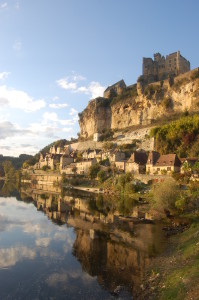
Country – France
Capital city – Paris, 180 miles from Dover
Currency – Euro
Languages – French (English is spoken in many tourist areas, but they appreciate you having a go in French first)
Visa requirements – Part of the EU so visas not required for EU citizens.
Borders – Part of Schengen zone. No border formalities with other Schengen zone countries.
Telephone country code – 33
Emergency numbers – 112 EU wide hotline, 15 Ambulance, 17 Police, 18 Fire
Our visits
Apr/May 2012
Duration – 33 days
Route – Crossed border from Spain at Puigcerda in Pyrenees, toured Cathar castles around Narbonne, north to Millau, west to Ales via Corniche des Cevennes, north and along Gorges de l’Ardeche, south to Pont du Gard, west over Mont Ventoux, loop around north of Luberon Mountains, west to and along Grand Canyon du Verdon, south to St Tropez, north to Barcelonette then into Italy.
Miles driven – 1138
Average daily spend – €78.82 (€36.22 without repair costs)
Average spend on overnight stops – €8.08 (23 free nights, 11 paid inc. 3 in hotel while van in garage for repairs)
Oct/Nov 2011
Duration – 28 days
Route – Arrived in Dunkirk, follow coast south to Abbeyville, toll road to Honfleur, motorway via Rennes to Nort-sur-Erde, west to St Nsouth, crossed Loire and followed coast down to and around Ile d’Oleron, south east via Cognac to Perigueux and Sarlat-la-Canada, west along Dordogne to Bergerac, south west to Capbreton then follow coast into Spain.
Miles driven – 2327
Average daily spend – €68.13 (€52.47 without repair costs)
Average spend on overnight stops -€3.75 (15 free nights, 11 paid)
Costs
Diesel
€1.25 – €1.34 Atlantic coast, €1.41 – €1.46 South Coast – be sure to fill up at petrol stations which are part of a supermarket, the fuel is often much cheaper there. Fill up where you see it cheap, not when you’re about to run out and you’ll save quite a few euros. Diesel prices seemed to increase the closer we got to Italy along the south coast, but it was still worth a last top up in France before crossing the border into Italy as fuel was much more expensive there.
LPG
€0.85 – €0.90 a litre
Eating out
- 2 x Croque Monsuier with salad and drink €10.70
- Mussels and chips, large goats cheese salad and two soft drinks at beachside resort €23.20
- 1 coffee, 1 can of pop and 1 nutella crepe takeaway in Biaritz €6.50
- Ice creams ( cone and one scoop) €1 – €1.50
- Large portion of chips from roadside Friterie €3.50
- 2 x large takeaway pizzas €16.80
Supermarkets – supermarkets used Auchan, Super/Hyper U, Carrefour and E.Leclerc.
Some larger stores have a self service aisle where you can bag your own dried goods, pasta, rice, cereal etc – but it’s worth double checking these prices against their discount range as often the discount one is cheaper, but the packet size is large. French hypermarkets have fantastic meat and cheese counters and great cakes and pastries, they usually have a ‘foreign’ food aisle if you’re in need of a taste of home such as baked beans or Branson pickle, but the cost for these is much higher than at home.
- 1l UHT milk €0.55
- Baguette €0.33
- 500g mushrooms €2.00
- 125g mozzarella ball €0.98
- 6 free range eggs €1.30
- 1.5l still bottled water €0.23
- 500ml larger (4.6%) €0.38
- 1l carton of wine €1.15 – we found cheaper wine in vineyards selling direct. Look out for signs saying ‘Vin en Vrac’. You take in your own bottle (a clean large plastic water bottle will do) and they fill it with wine from a pump, cuts out bottling costs so you get good, cheap wine which is priced by the litre.
- 4 x chocolate mouse €0.88
- 100g budget chocolate bar €0.50
Travel
Fuel
Unleaded and diesel widely available. LPG (GPL) is reasonably well available, but only from manned service stations. When filling with LPG you will need the same dish type adapter. Many service stations away from motorway close on Sundays, some have automated pumps so you can get fuel, but not LPG. We had problems using our prepaid Euro credit card in some automated pumps. It’s worth hunting out a supermarket petrol station as these are generally cheaper.
Tolls / Vignette
No vignette required. Most French motorways are toll roads. You collect a ticket at the machine as you enter the road and pay a person or machine at the end in cash or on a card. A sign stating Peage will confirm you’re on or approaching a toll road. There are usually decent roads running next to them, but they have a lower speed limit, traffic lights and roudabouts so take longer. To avoid the toll roads, follow signposts with a green background ( motorways and toll roads are signposted in blue). We only used the toll roads once to get from Le Touqet to Honfleur over the Pont de Normandie bridge, this trip cost €25.60.
Road regulations – the ones we know of!
Traffic drives on the right and overtakes on the left, so you need to ensure your headlights are deflected either with stick on adapters or duct tape. You must carry an emergency triangle (two if towing a caravan) and a high visibility jacket for each person. The jackets must be accessible to you before you get out of the car, so don’t put them in your boot. If you have to stop for any reason on the motorway, put it on before you get out of the car. From 1 July 2012 you’re required to carry a breathalyser with you. We picked a couple up at one of the supermarkets. Due to lack of supplies the police aren’t going to start fining people without them until November 2012.
You’ll see yellow diamond shaped signs, these mean that you have priority. If you see one with a black line through it, you no longer have priority, traffic from the right does – this is usually on approaches to roundabouts. Sometimes drivers entering the roundabout have priority, if we’re not entirely sure we just take our time and give way to anyone who looks like they aren’t stopping.
Distances are all in kilometres, and so are speed limited. As you pass the name sign for a town the urban speed limit of 50kph applies, unless otherwise stated, until you pass the town name sign again with a red line through it.
Road conditions
The roads are of a similar standard to the UK, if not slightly better in some places.
Standard of driving
Like most drivers on the Continent, French drivers have mastered the art of driving very closely to the person in front. We were informed that they are taught to do this to make overtaking quicker, unlike in the UK where we are taught to stay back for a view of the road ahead. Once you get used to seeing someone who appears to be so close they are almost in your back seat it’s not so bad. We have seen several overtakes in dodgy places, but no worse than we’ve seen at home.
Overnight stops
Aires/Service points
France is well geared up for motorhomes, it needs to be there are thousands of them. All cities, most towns and even some villages have an ‘aire de service’ where you can park your motorhome and use the service point to fill up with water, empty grey water and empty black water – some even have the ability to plug on for an hour of electricity.
The prices vary greatly, expect to pay up to €15 for one in a heavy tourist attraction area, but there are also many towns with free parking, you just pay to use the services, and some even have free services.
Campsites
France is Europe’s biggest camping country with over 10,000 campsites. If you’re heading to the coast or Dordogne in July and August it might be worth booking in advance. We’ve only stayed on campsites out of season and the facilities – pool, restaurants etc – often shut down even though the site is still open. This can be a blessing as men must wear speedos when going in the pool, and not many men look good in tight trunks!
Free / wild camping
Officially sleeping in caravans and motorhomes in built up areas or by the side of the motorway is not allowed. We free camped a few times mainly in car parks, but as it was out of season we were never bothered. There are so many aires and motorhome parking places, there isn’t much need to free camp.
Contact with home
Phone
Our mobile phone always found a signal in France – call charges were around 30p to make and 10p to receive (per minute). Text messages are free to receive and around 10p to send.
Email/Internet
We struggled to find free wifi hot spots, apart from McDonalds. Those that we could see we’re generally secured. When we travelled along the south coast we bought a 3G SIM card for our dongle from an Orange store. No contract, prepaid and no need for a French credit card, which was the case at Bouygues and SFR. The SIM cost €33 (3gb over 30 days).
Post
Post offices have a yellow and brown sign saying ‘La Poste’. Queues are often long so keep and eye out for automatic machines selling stamps, or buy your stamps from a ‘Tabac’ – recognisable by a maroon and yellow sign, we found it helps to wave postcards in the Tabac in rural areas as sometimes they don’t speak English and it gives them a clue as to what you want.
Read our daily updates
At the bottom of each daily update there is a link to take you forward to the next day or back to the previous. The links below will take you to the first day of that part of our tour.
South of France – April / May 2012
Atlantic coast – October / November 2011

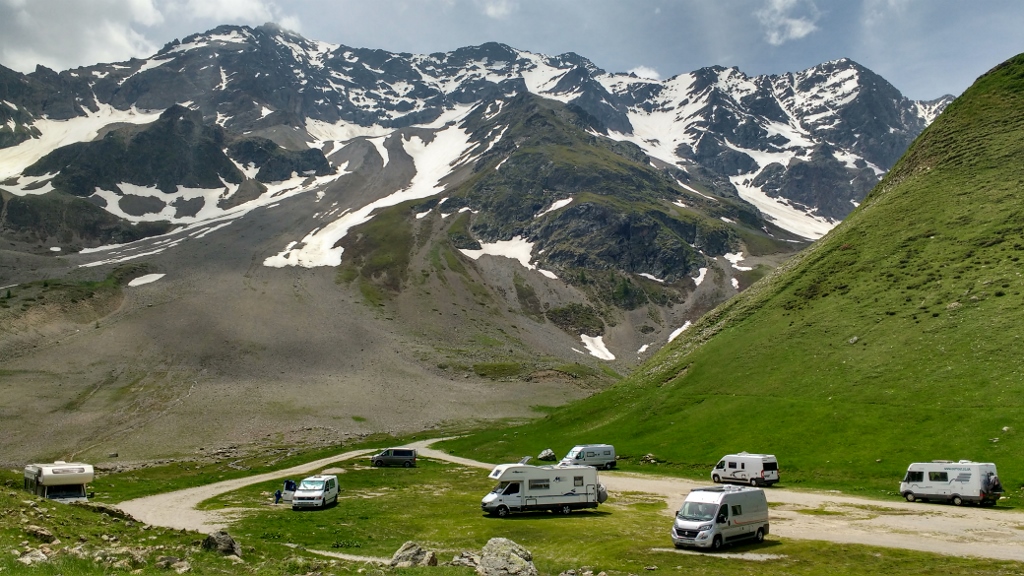

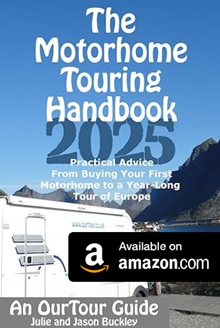
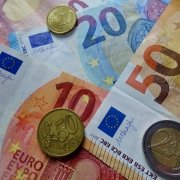
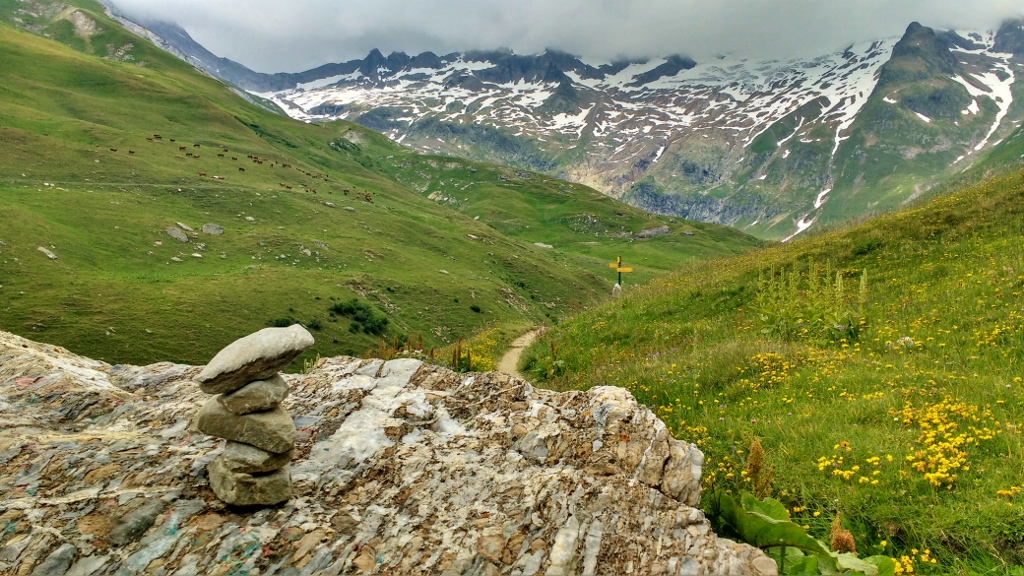
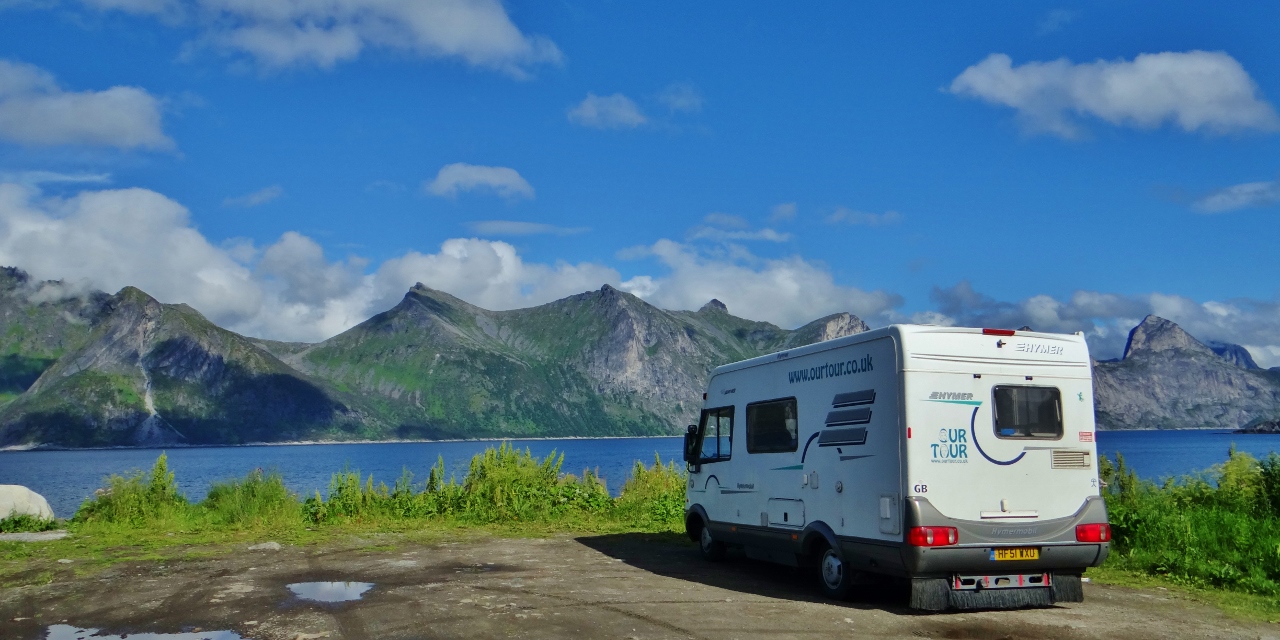

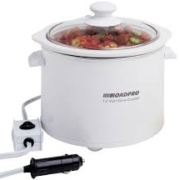
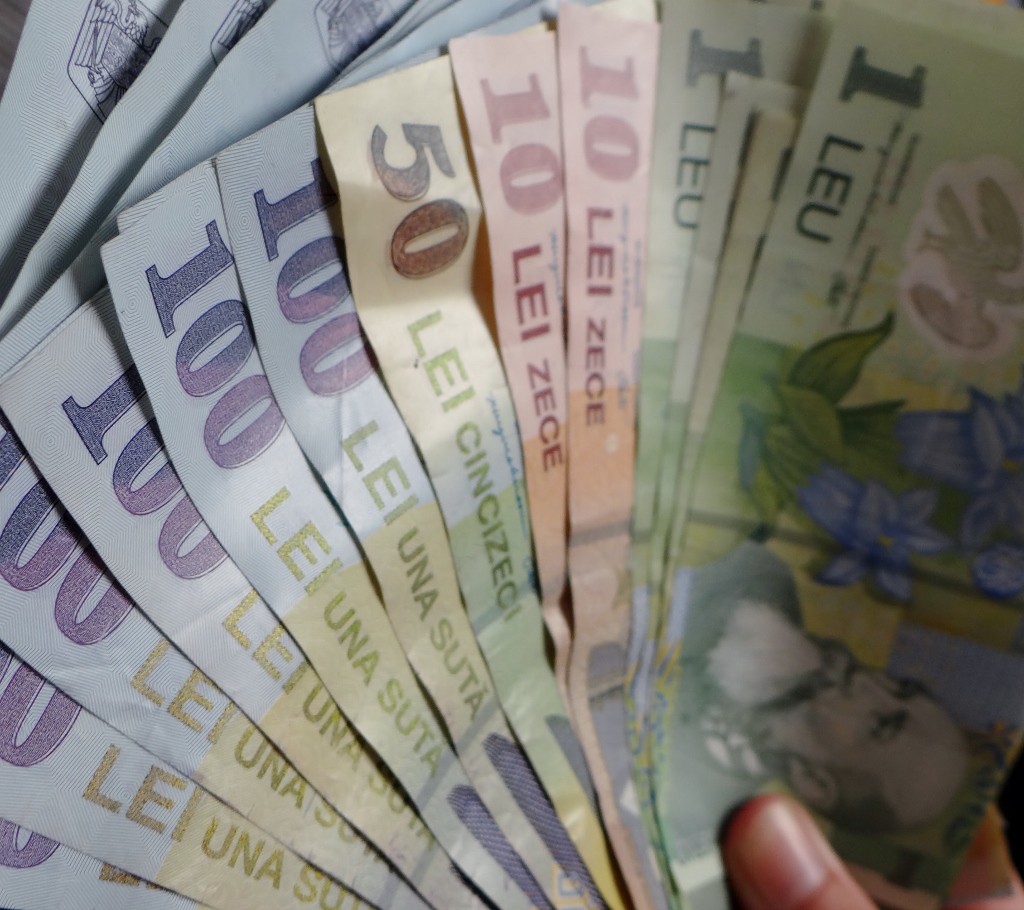
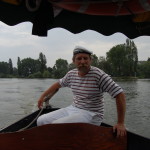
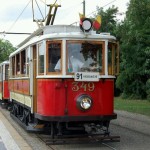
HI guys, Michael Matheson is my name and i live in Australia. My wife and i have Done 6 trips around Europe in a camper that we hire from Frankfurt and normaly tarvel for 9 weeks, am planning 2018 as i type. Have found you on Youtube, hence this comment. My question is do you or have you thought about doing a file or page on all the aires and there address,s on it. love the vids on youtube. Actually i think my wife might have sent you a message.I did notice that your GPS cordinates are different then we use eg 20’17″10 ETC, Can you tell me the differance. Cheers mate.
Hi Michael
Yes we did think about doing that a few years ago, but it would go out of date – like guidebooks. Luckily some clever folks have created the apps such as park4night and campercontact which get updated by all the other motorhomers out there to keep them current.
We did have Points Of Interest for various types of satnav, but we discovered that they corrupted and did their own thing – it’s on our ‘to do’ list to get them working again at some point.
The difference in the GPS formats is simply that we use the digital format as we find them easier to input (most satnavs let you input either type in the settings menu), I think there are also convertors on the internet somewhere.
Enjoy planning your next adventure.
Ju x
Ps – yes she did get in touch, I have emailed her back :)